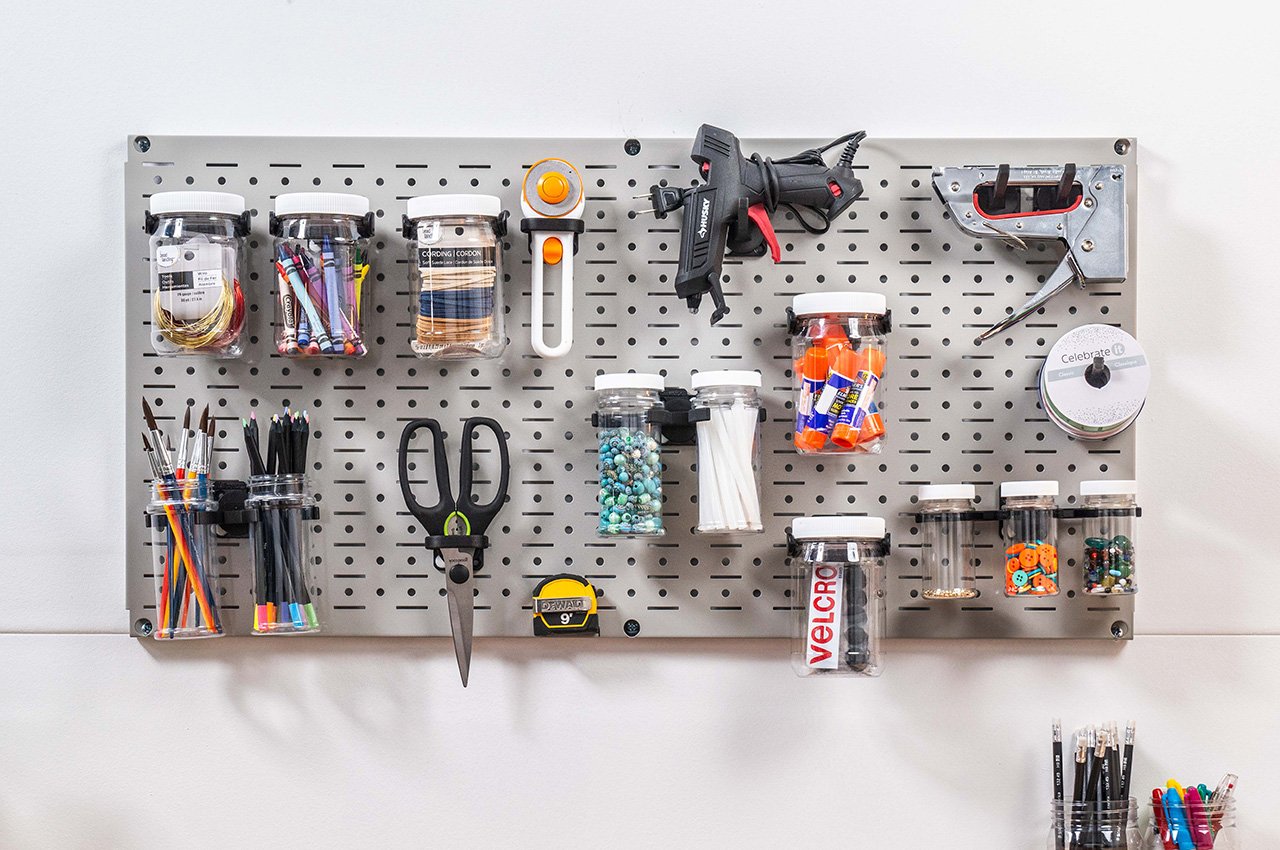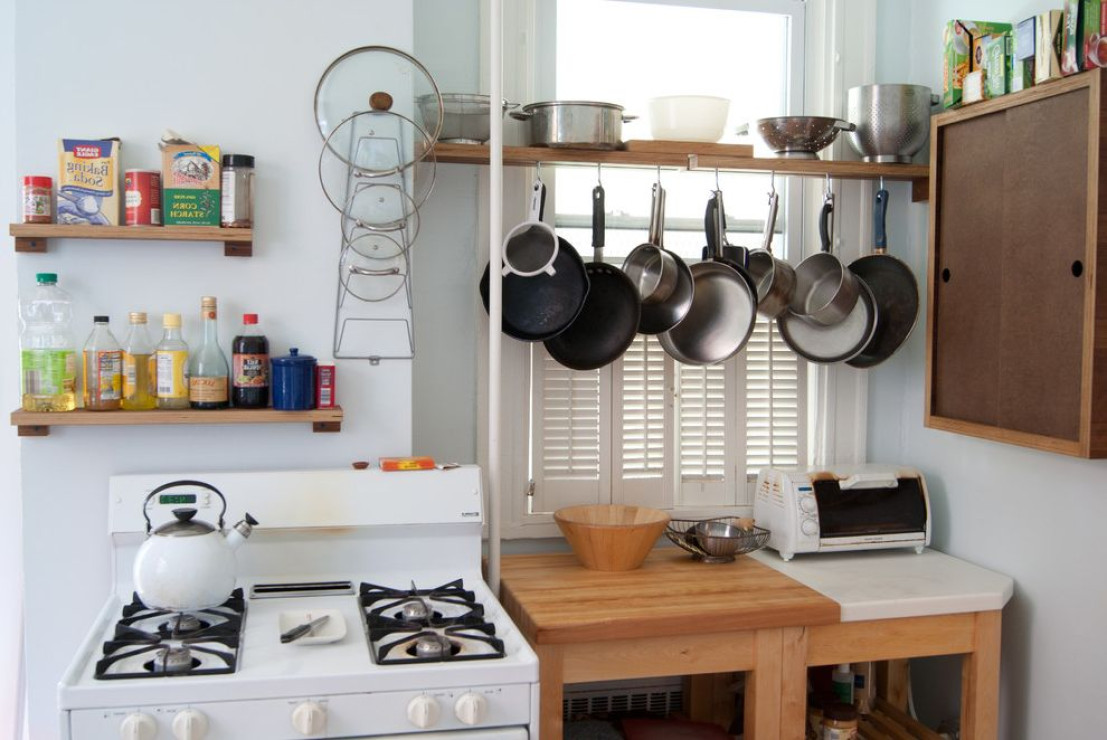A well-organized kitchen is the heart of every functional home, serving as both a culinary workspace and a gathering place for family and friends. Kitchen Organization Hacks goes far beyond simply tidying up—it’s about creating a harmonious balance between functionality and aesthetic appeal that makes cooking enjoyable and entertaining effortless.
Modern homeowners face unique challenges when it comes to kitchen storage solutions. With smaller living spaces, open-concept designs, and the increasing popularity of minimalist aesthetics, the need for clever organizing tips has never been greater. Whether you’re working with a compact apartment kitchen or a spacious culinary haven, the principles of effective kitchen organization remain consistent: maximize vertical space, create designated zones, and maintain visual harmony.
The benefits of a stylish kitchen extend beyond mere appearance. Research shows that organized spaces reduce stress, improve productivity, and actually encourage healthier eating habits. When ingredients are visible and accessible, you’re more likely to cook at home rather than order takeout. Additionally, an organized kitchen significantly increases your home’s value and appeal to potential buyers.
This comprehensive guide will explore proven kitchen organization hacks that professional organizers and interior designers swear by. From innovative storage solutions to space-saving techniques that work in any size kitchen, you’ll discover practical strategies that transform chaotic cooking spaces into Instagram-worthy culinary sanctuaries.
Creating Functional Kitchen Zones
The Foundation of Kitchen Efficiency
Kitchen zones are the cornerstone of effective organization, dividing your space into specific areas based on function. Professional chefs and home cooks alike benefit from implementing the classic kitchen work triangle: preparation, cooking, and cleaning zones. However, modern kitchen organization expands this concept to include storage, serving, and coffee/beverage stations.
The preparation zone should house cutting boards, knives, mixing bowls, and frequently used ingredients. Position this area near your sink for easy cleanup and ensure adequate counter space for chopping vegetables and assembling ingredients. Cabinet organization in this zone should prioritize accessibility, with everyday items stored at eye level and specialized tools in easily accessible drawers.
Your cooking zone revolves around the stove and oven, requiring heat-resistant storage for pots, pans, cooking utensils, and spices. Install pot racks or deep drawers near the range for quick access during busy cooking sessions. The cleaning zone, centered around the sink and dishwasher, should include dish soap, sponges, dish towels, and cleaning supplies organized in pullout drawers or under-sink caddies.
Optimizing Traffic Flow
An effective kitchen layout considers how people move through the space during meal preparation and cleanup. Avoid placing frequently used items in areas that require walking across the kitchen multiple times. Instead, create logical pathways that minimize steps and prevent bottlenecks during busy cooking periods.
Vertical Storage Solutions That Maximize Space
Wall-Mounted Organization Systems

Vertical storage transforms unused wall space into valuable organizational real estate. Install floating shelves, magnetic strips, and wall-mounted racks to keep frequently used items within arm’s reach while freeing up precious counter space. Magnetic knife strips not only save drawer space but also keep blades sharp and easily accessible.
Consider installing a pegboard system with customizable hooks and shelves. These versatile organizing systems adapt to changing needs and create an attractive display of cooking tools and utensils. Position pegboards near your cooking zone for maximum efficiency during meal preparation.
Ceiling and Upper Cabinet Solutions
Don’t overlook the space above your cabinets and the ceiling itself. Hanging pot racks create dramatic focal points while providing practical storage for frequently used cookware. Install hooks or small shelves in the space above upper cabinets for items used less frequently, such as large serving platters or seasonal bakeware.
Pantry organization benefits significantly from vertical thinking. Use stackable clear containers and install narrow pullout drawers that utilize every inch of cabinet depth. Label everything clearly to maintain your organized kitchen system long-term.
Smart Cabinet and Drawer Organization
Revolutionary Drawer Dividers and Inserts
Transform chaotic drawers into organized zones using adjustable dividers and custom inserts. Drawer organization should reflect how you actually cook, with the most frequently used utensils in the top drawer closest to your primary prep area. Invest in expandable dividers that accommodate various utensil sizes and can adapt as your tool collection evolves.
Deep drawers benefit from tiered organizers that create multiple levels of storage within a single drawer. Store plates and bowls vertically rather than stacked to improve accessibility and prevent chipping. Use drawer inserts specifically designed for spices, keeping them organized alphabetically or by cuisine type.
Cabinet Door Storage Opportunities
The inside of cabinet doors offers surprising storage potential, often overlooked in kitchen organization projects. Install narrow shelving or wire racks to hold spices, cleaning supplies, or cutting boards. Over-the-door organizers work particularly well on pantry doors for storing snacks, condiments, or baking supplies.
Consider adding hooks inside cabinet doors for measuring cups, dish towels, or pot holders. These space-saving solutions keep frequently used items accessible while maintaining the clean lines of your stylish kitchen design.
Pantry Organization for Maximum Efficiency
Container Systems and Labeling Strategies
A well-organized pantry functions as the command center of your kitchen, requiring systematic approaches to maintain order. Invest in a cohesive set of airtight containers in various sizes to store dry goods, cereals, and baking supplies. Clear containers allow you to monitor quantities at a glance and create visual consistency that enhances your kitchen’s overall aesthetic.
Implement a comprehensive labeling system using a label maker or attractive handwritten labels. Include expiration dates on perishable items and consider color-coding labels by food category. This organization system helps family members maintain order and makes meal planning more efficient.
Strategic Shelf Placement and Rotation
Apply grocery store principles to your pantry organization by placing frequently used items at eye level and storing bulk purchases or rarely used ingredients on higher shelves. Implement the “first in, first out” rotation system to prevent food waste and ensure ingredients remain fresh.
Group similar items together—all baking supplies on one shelf, canned goods on another, and snacks in a designated area. Use lazy Susans for deep corner cabinets and pull-out baskets for easy access to items stored in the back of shelves.
Countertop Organization and Styling
The Art of Functional Minimalism
Kitchen countertops should balance functionality with visual appeal, displaying only items used daily while maintaining clean, uncluttered surfaces. Establish designated spots for coffee makers, knife blocks, and fruit bowls, then commit to returning items to these positions after each use.
Implement the “one in, one out” rule to prevent countertop creep. When you acquire a new small appliance, donate or store one you use less frequently. This organizing tip maintains balance and prevents your stylish kitchen from becoming cluttered over time.
Strategic Appliance Placement
Position frequently used appliances like coffee makers and toasters in easily accessible locations with adequate clearance for safe operation. Store seasonal appliances like ice cream makers or holiday bakeware in less accessible cabinets, rotating them into prime positions as needed.
Create appliance garages—cabinet spaces with retractable doors—to hide bulky items while keeping them easily accessible. This storage solution maintains clean counter lines while providing convenient access to everyday appliances.
Small Kitchen Organization Strategies

Multi-Functional Furniture and Accessories
Small kitchen organization requires creative thinking and multi-functional solutions. Invest in kitchen islands or carts that provide additional prep space, storage, and mobility. Choose pieces with built-in wine racks, spice storage, or towel bars to maximize their organizational potential.
Wall-mounted fold-down tables serve as extra prep space when needed and fold away when not in use. Over-sink cutting boards expand your workspace without requiring permanent counter space, while magnetic strips on the refrigerator side hold frequently used spices or small metal containers.
Maximizing Every Square Inch
In compact kitchens, every inch matters. Use the space above your refrigerator for storing items used less frequently, and install narrow pullout drawers in the toe-kicks beneath base cabinets for flat items like baking sheets or cutting boards.
Consider replacing solid cabinet doors with glass fronts to create visual depth and showcase attractive dishes or organized storage containers. This design choice makes small kitchens feel larger while encouraging you to maintain organized interiors.
Seasonal Kitchen Organization Maintenance
Regular Decluttering Schedules
Maintaining an organized kitchen requires ongoing attention and seasonal maintenance. Schedule quarterly decluttering sessions to remove expired items, donate unused gadgets, and reassess your organization systems. These regular maintenance periods prevent accumulated clutter and ensure your kitchen storage solutions continue meeting your needs.
During seasonal cleanouts, evaluate which items you use versus those taking up valuable storage space. Be honest about specialty appliances and gadgets—if you haven’t used something in the past year, consider whether it deserves prime real estate in your kitchen.
Adapting Systems to Changing Needs
As cooking habits evolve and family situations change, your kitchen organization should adapt accordingly. New dietary restrictions might require different pantry organization, while growing families may need expanded snack storage or kid-friendly accessibility modifications.
Stay flexible with your organizing systems and don’t hesitate to modify arrangements that no longer serve your needs. The best kitchen organization hacks are those that grow and adapt with your lifestyle.
Read More: Luxury Interior Design Home Decor Trends & Ideas 2025
Conclusion
Creating a stylish kitchen through effective organization is an achievable goal that dramatically improves both the function and aesthetic appeal of your culinary space. The kitchen organization hacks outlined in this guide provide a comprehensive framework for transforming any kitchen into an efficient, beautiful workspace that supports your cooking goals and lifestyle needs.
Remember that successful kitchen organization is not about perfection—it’s about creating systems that work consistently for your specific needs and habits. Start with one area at a time, implementing storage solutions that address your biggest pain points before moving on to more comprehensive organizational projects.
The investment in proper organizing systems pays dividends in reduced stress, improved cooking efficiency, and increased home value. Whether you’re working with a compact apartment kitchen or a spacious family cooking area, these proven strategies will help you achieve the stylish, functional kitchen you’ve always wanted.
Most importantly, maintain realistic expectations and build habits gradually. The most beautiful organized kitchen is one that supports your daily life and brings joy to your cooking experience. With patience, planning, and the right organization strategies, your kitchen can become the stylish, functional heart of your home.
FAQs
1. What are the most essential kitchen organization tools for beginners?
Start with basic drawer organizers, clear storage containers for the pantry, and a few wall-mounted hooks or magnetic strips. These foundational tools address the most common kitchen organization challenges without requiring a significant investment. Add lazy Susans for corner cabinets and under-shelf baskets to maximize existing storage space.
2. How often should I reorganize my kitchen to maintain efficiency?
Perform daily maintenance by returning items to their designated spots, do weekly assessments of high-traffic areas like countertops and the pantry, and schedule comprehensive organization reviews quarterly. This maintenance schedule prevents major clutter accumulation while ensuring your kitchen storage solutions continue meeting your needs effectively.
3. What’s the best way to organize a kitchen with limited cabinet space?
Maximize vertical storage with wall-mounted shelves, magnetic strips, and ceiling-hung pot racks. Utilize the inside of cabinet doors for additional storage, invest in multifunctional furniture like kitchen carts, and incorporate pull-out organizers to access items stored deep within cabinets. Focus on keeping countertops clear to create the illusion of more space.
4. How can I organize my kitchen to make cooking faster and more efficient?
Create designated kitchen zones based on cooking tasks. Store frequently used items at eye level and within arm’s reach of their intended use location. Prep ingredients in advance using organized storage containers. Keep cutting boards near the sink, store pots and pans near the stove, and organize spices alphabetically or by frequency of use.
5. What are some budget-friendly kitchen organization solutions that look stylish?
Repurpose glass jars and containers for pantry organization, use tension rods under sinks to hang cleaning supplies, and create custom drawer dividers using small boxes. Install simple floating shelves, use magnetic strips for knife storage, and implement a cohesive labeling system using a basic label maker. These organizing solutions provide maximum impact for minimal investment.









